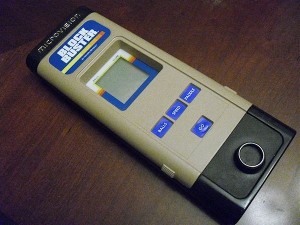
Forget your Nintendo DS, DSi, 3DS, or one of the many variations of cartridge based games in the past 30+ years. None of them are as innovative as Milton Bradley’s original cartridge based system, called Microvision.
My first experience with the Microvision was a few days after Christmas in 1980 or ’81. I had some spending money leftover from my holiday cash gifts and came across a discount toys bin at JCPenney. In this bin was a heavily discounted Microvision game system, so I bought it. It was one of the few LCD based electronic games available at the time, in a world where LED (red blip) games were dominant.
I played this game constantly. It uses a 9-volt battery (or two of them, depending on the manufacture date of the game unit), and I would go through batteries rather quickly. The base unit comes with the Blockbuster cartridge, which is basically a “breakout” type game where you bounce a ball off of a moving paddle and knock out blocks in a wall until you clear them all away. Unfortunately, when I bought mine, I could hardly afford to buy any additional games. Many of them were cleared out with no new inventory expected. Besides, I was a teenager with a very limited income. I would always find “something else” to spend my money on. Regardless, I got plenty of use out of the game I had. It kept me entertained on long trips in the car while on family vacations while others were still playing street sign bingo from the backseat.
The Microvision game is fairly sizable, being about a foot long and four inches wide. The cartridge games used in it are as wide and nearly as long. There is a 16×16 pixel LCD display, approximately two inches square, where each game screen is shown. All games are played with a combination of buttons, and a spinner (AKA paddle) control with about a 270 degree range of motion. The buttons are basically cutouts in the cartridge case which pass through to a 3×4 soft button matrix built into the game system body. When you change game cartridges, the buttons available to the game vary by name and position.
Another thing that changes with each game cartridge is the programming. Not unlike modern handheld game systems with interchangeable cartridges, or ROMS, the Microvision had its game programming stored on a silicon chip embedded in the game cartridge case. However, perhaps due to limiting technology at the time, a Microvision game cartridge not only contained the game code, but it was contained within its own microprocessor. The Microvision system body was not much more than a completely self contained peripheral system. It housed the LCD display, power source, power switch, button matrix, speaker, and spinner control.
Technology of the day allowed many electronics companies to build microprocessor controlled devices using a system developed by Texas Instruments known as the TMS1000 series of microprocessors. Although the TMS1000 can be the subject of of an entirely new blog post, in a nutshell, the TMS1000 system allowed companies to develop microprocessor software code and have Texas Instruments create a custom microprocessor with the programming code permanently etched on the silicon. The TMS1000 was used in many consumer devices at the time, such as calculators, printers, and other popular electronic toys.
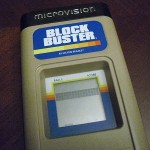
Gameplay on the Microvision was simple, but it could be challenging. Some games require you use your imagination to visualize the action on such a minimal LCD matrix. The pack-in game, Blockbuster, was a familiar sight to gamers of the day. Just like Tetris was quite common to those who saw the Nintendo GameBoy when it first went on the market, Blockbuster was a very recognizable game which also happened to work quite well with the simple screen matrix.
The sound of the games are NOT going to blow you away, even compared to the revolutionary portable cassette (Walkman) units of the day. Sounds were nothing more than simple square wave tones, much like the sound of the early IBM computers before Ad-Lib and Soundblaster cards came around. At the risk of sounding like an old fart, “that’s all we had for sound and we LOVED it!!”
There were only a handful of games made for the Microvision for release in the USA. These games are:
Eventually, the Star Trek: Phaser Strike game was renamed to Phaser Strike due to trademark issues. |
|
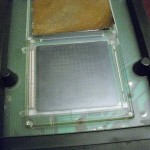
From a collector’s standpoint, these systems and games are becoming more difficult to find in working order. Visually, the most prominent defect found on many used units is the LCD screen itself. The build quality of the LCD screen was poor. If the system wasn’t stored in a “controlled” environment, free of radical temperature changes over the years, the screen will “rot.” A “controlled” environment would simply be a home or somewhere where the temperature and/or humidity is suitable for humans throughout the year, like in a bedroom closet or something. Screen rot typically manifests itself as darkened pixels, but could look like a completely normal LCD display which is barely able to produce a noticeable image.
The game cartridges can also be found in a defective state, but hardly noticeable until the game is inserted and played. The TMS1000 chips are highly sensitive to static damage. You know how winter (or even desert) air in many areas is prone to being “dry” and the low humidity may cause a phenomenon where every doorknob you touch seems to give you a static shock from all of the moving around you do? The same static build-up can destroy a game chip. You don’t even need to see the spark to destroy it either. As long as the conditions are just right, handling the contacts on the game cartridge can cause a destructive static discharge. Visually, nothing would “look” wrong with the game. It’s only when you try to play the game and it fails to work will you know that it may have been damaged by static.
If you are looking to add a Microvision to your collection, eBay is a good place to buy systems. They appear every once in a while. You’ll tend to find more cartridges on eBay than the handheld unit itself. If you don’t trust the look of the LCD display on any of the pictures in the auctions, I recommend you verify the status of the display with the seller, maybe even ask for close-up pictures of a game in action. Rarely will you find a screen with just single pixels “missing.” Typically, if there is damage to the display, either it’s rotted and you’ll see dark splotches, or you’ll see one or more entire rows or columns of dots missing. As far as games, you can only trust the seller has personally tested them and is telling the truth about their operation.

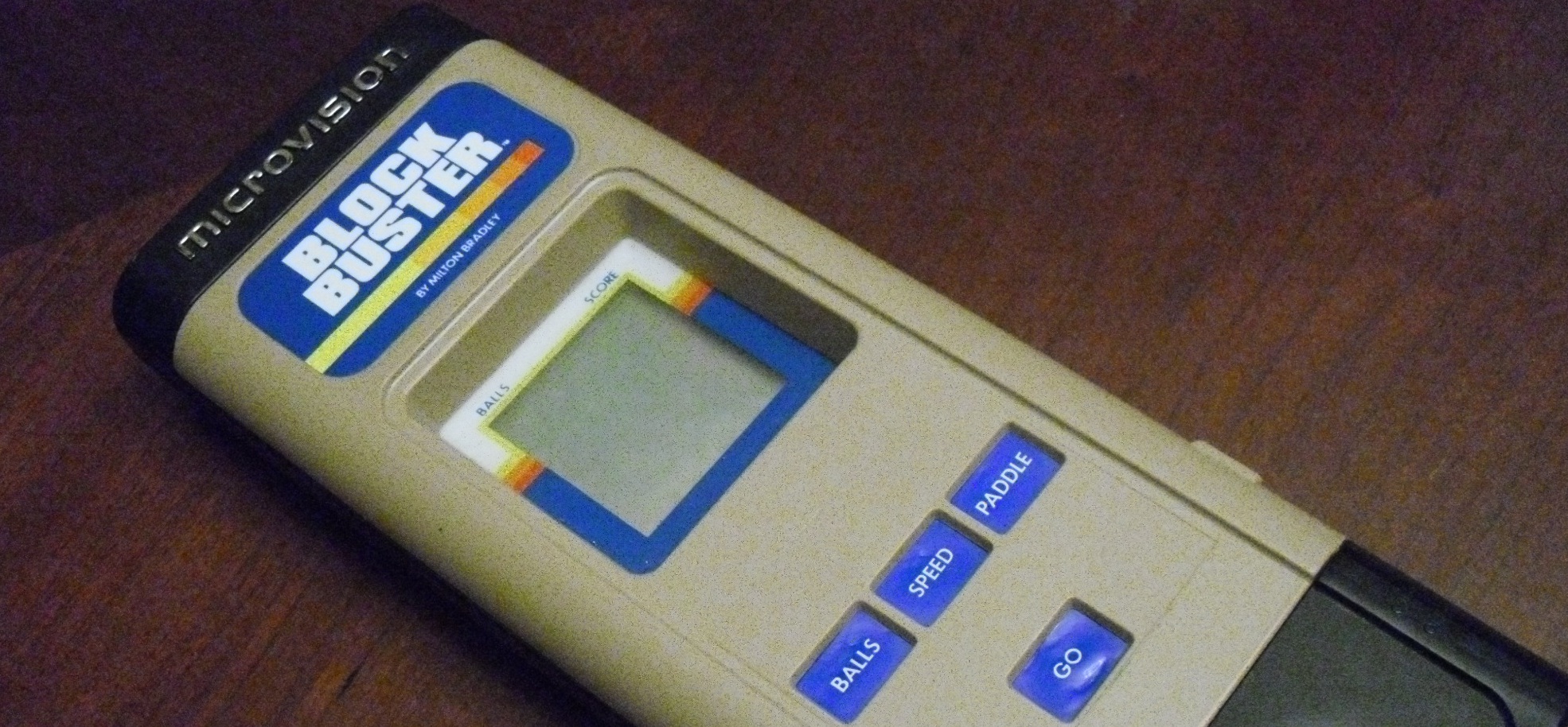
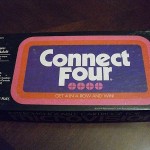
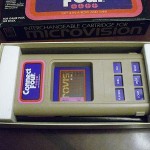
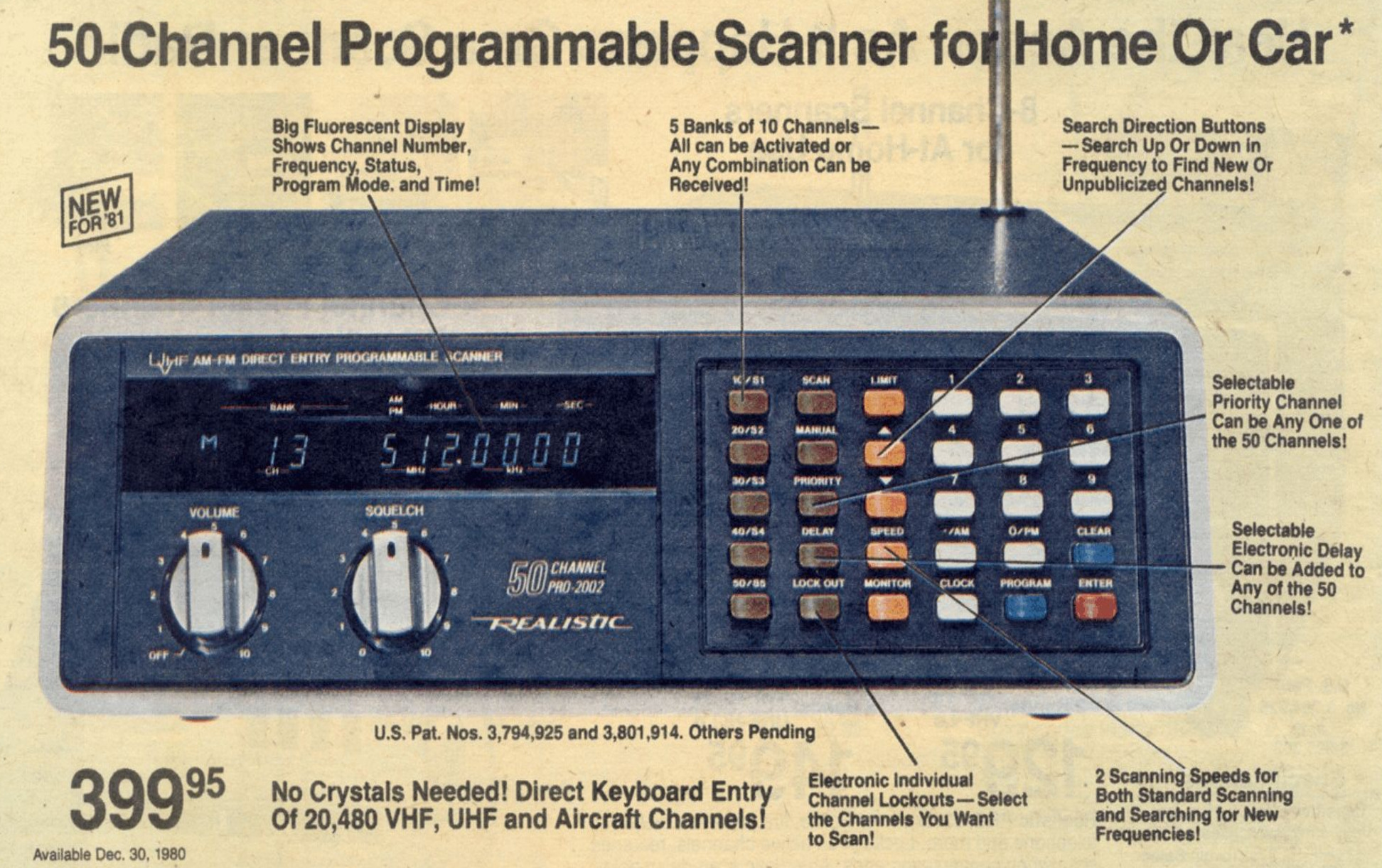

I got one of these – almost two years after the fact. I had been waiting for a programmable LCD game system for what felt like forever and when this thing came along, I really wanted one.
BUT…
They were horribly expensive back in the day. I couldn’t afford a unit, much less the cartridges back then. Eventually one of my relatives gave me his instead of throwing it away.
Fun for a while, but with few games it was short lived.
Yes, they were quite expensive. That may have been another part of their demise, besides the limited number of games, that made the system rather short lived.
I got my system as a clearance item at a JCPenney’s store, back in the early 80’s, when JCPenney’s used to have a large toy department. I could only afford the basic system itself, with only the included blockbuster cartridge, but it was fun to own. It helped me pass the time on a long family vacation road trip back in those days. I played it so often that I ended up wearing the chrome paint plating off of the paddle control.
I have a set for sale…Block Buster; Phaser Strike and PinBall…looks in good shape. Is there a market for it?